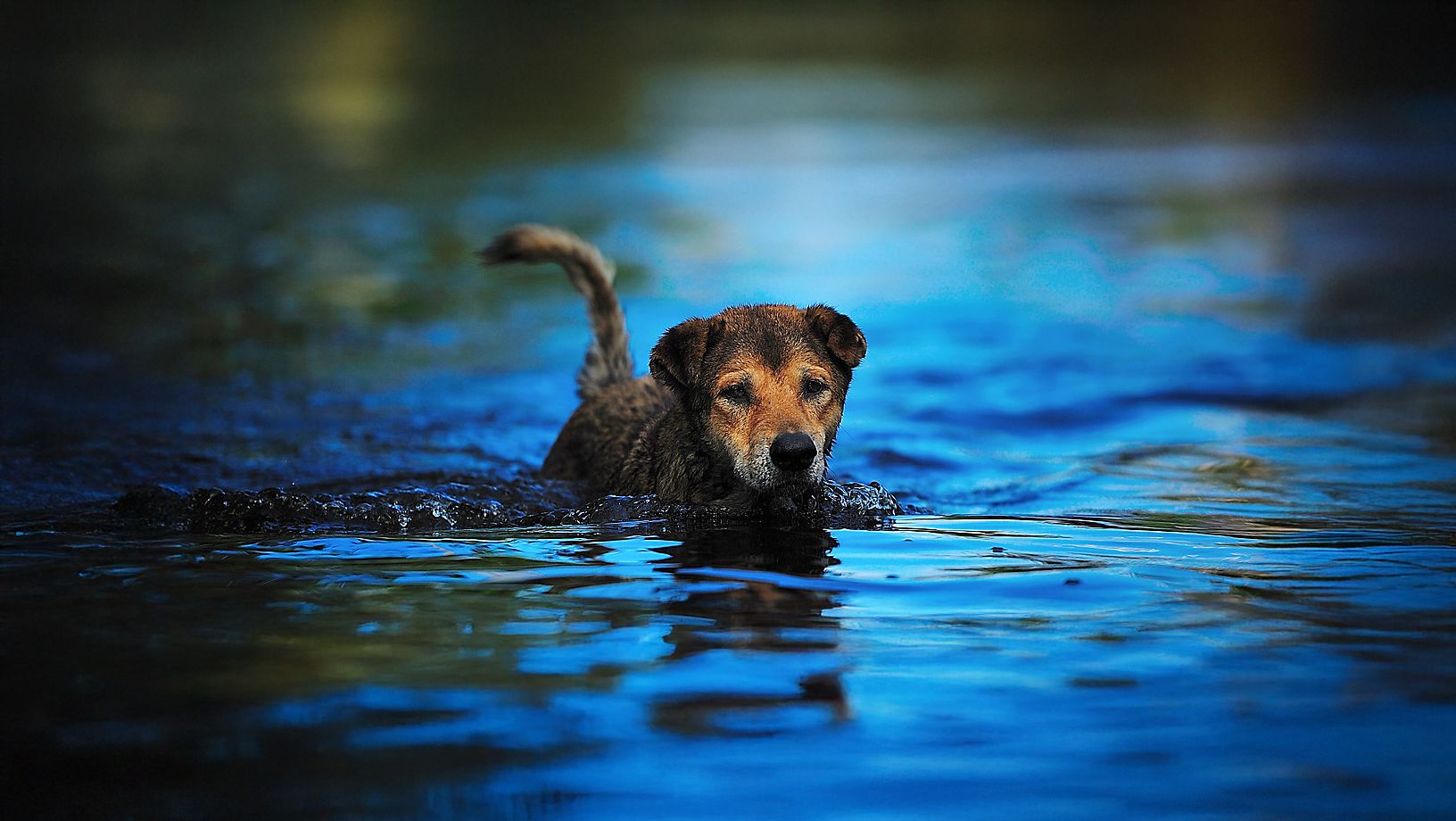When Hurricanes And Floods Threaten, Be Ready

Natural disasters can be scary, sometimes deadly experiences for pet parents and their pets. Hurricanes bring fierce winds and rain, floods can sweep pets, people and even vehicles away. Preparation is the key to keeping your family and your pet safe, especially if you are forced to evacuate. One of the best steps you can take now to help protect your pet is to get them microchipped and keep your registration up-to-date.
DO NOT LEAVE YOUR PETS BEHIND in the event of an evacuation due to hurricanes or flooding.
Pets left in areas affected by hurricanes and floods may not survive on their own and are difficult to locate and reunite with their families after a disaster. Below are emergency preparedness steps and supplies you’ll need to keep your beloved pet safe when hurricanes and floods strike.
Pets left in areas affected by hurricanes and floods may not survive on their own and are difficult to locate and reunite with their families after a disaster. Below are emergency preparedness steps and supplies you’ll need to keep your beloved pet safe when hurricanes and floods strike.
Plan ahead
During an emergency like a hurricane or flood, who will be responsible for your pet? Who should gather your pet’s medication and medical records? Who will pack up your pet’s food and supplies? Where will your pet stay if you’re forced to evacuate? Having a plan and answers to these questions before an emergency, can save precious time and help you stay calm during a natural disaster.
Make an emergency preparedness plan and ensure all members of your family know what their roles and responsibilities will be. Familiarize yourself with the types of natural disasters that can occur in your area and prepare supplies beforehand. Knowing what to expect will help keep you and your beloved pet safe.
During an emergency like a hurricane or flood, who will be responsible for your pet? Who should gather your pet’s medication and medical records? Who will pack up your pet’s food and supplies? Where will your pet stay if you’re forced to evacuate? Having a plan and answers to these questions before an emergency, can save precious time and help you stay calm during a natural disaster.
Make an emergency preparedness plan and ensure all members of your family know what their roles and responsibilities will be. Familiarize yourself with the types of natural disasters that can occur in your area and prepare supplies beforehand. Knowing what to expect will help keep you and your beloved pet safe.
Pet Emergency Supplies
A pet emergency preparedness kit should have the following supplies to help keep your pet fed and secure during evacuations:
FOR IDENTIFICATION:
- pet tag with your cell phone number
- microchip information
- vaccination/medical records
- veterinary contact information
- a current photo of your pet
FOR TRANSPORT:
FOOD:
- 1 week supply of food (in waterproof container)
- bottled water
- manual can opener (if using canned food)
- list of feeding routine & behavioral needs/considerations
GENERAL CARE:
- medications
- pet first aid kit
- flea & tick preventative